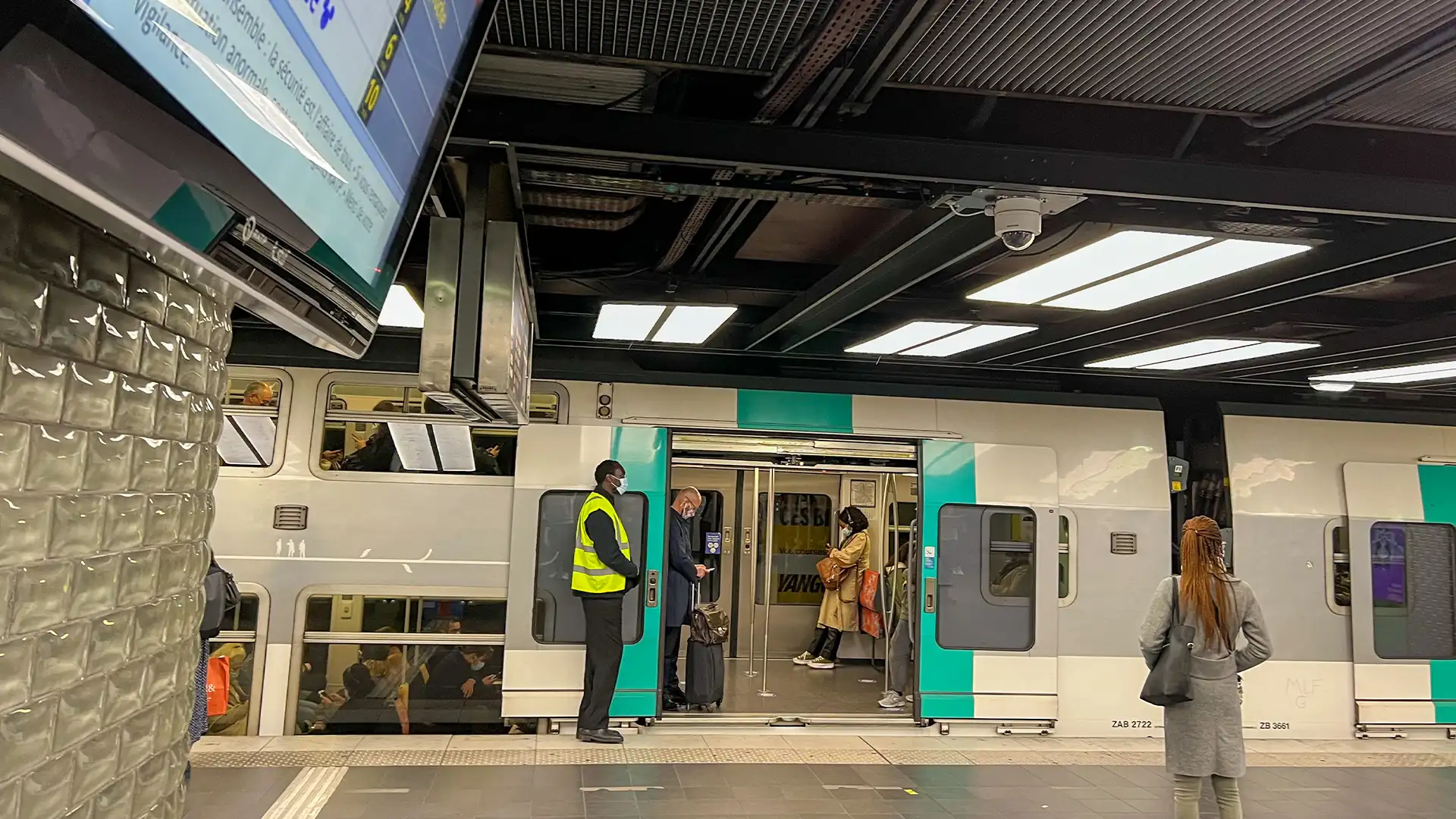RER A on track for EFQM certification

At RATP, EFQM-style-excellence is within the walls. As reported in the May 2025 issue of Enjeux magazine, RATP launched its first EFQM initiative in 2018, in the field of passenger information in disrupted situations. This approach was awarded 4-star recognition in 2019. In 2020, RATP extended it to the whole of line A. The EFQM model applied to the transport sector covers timetables, services, passenger information, rail safety and driver training. It also applies to services, such as stations, quality of welcome and accessibility.
The choice of line A is emblematic: 109 kilometers long, it includes 46 stations co-operated by RATP and SNCF. It’s Europe’s leading mass transit
line. Line A carries 1.3 million passengers a day. 1,800 agents are assigned to it seven days a week, from 4:30 a.m. in the morning to 1:20 a.m. the following night. During rush hour, trains run at intervals of two minutes and twenty seconds on the central section between Nanterre-Préfecture (Hauts-de-Seine) and Vincennes (Val-de-Marne).
Punctuality is crucial
The results in terms of operations are convincing: RATP reports that punctuality on line A reached 94% in 2024
. This is obviously one of the results valued by EFQM. In 2017, punctuality did not exceed 84%. We have launched a series of continuous improvement projects, which have enabled us to gain ten points! </> Punctuality is of course a crucial issue, and one on which RATP – like all public transport operators – has high expectations, on this line as indeed on its entire network.
We explained to our organizing authority, Île-de-France Mobilités, that a frequency of 30 trains per hour could create an insurmountable bottleneck in the event of an incident
“, says RATP. This has now been reduced to 26 trains an hour, and punctuality has improved as a result. Another key project was the simplification of rolling stock management. RATP had four different types of trainset for line A alone. By using double-decker trains on the entire line, the operator has gained considerable flexibility in incident management.
The results in terms of the EFQM benchmark are clear to see: since December 2024, the recognition of excellence assessment has reached the six-star level. Rail safety is our priority
,” says RATP. The EFQM management model contributes to this, in a dynamic, continuous improvement approach.
The Radar method is used to monitor deviations, drifts, overspeed and untimely crossing of signals. In the event of a problem, the integration of the EFQM method makes it possible to intervene. RATP has taken the initiative of producing an interactive digital booklet for managing traffic incidents. The traffic manager then knows exactly which scenario to implement and apply, whether it’s a question of turning trains around or informing passengers.
Don’t confuse sharpness with cleanliness
To measure the impact on stakeholders, and more specifically on passengers, RATP regularly conducts surveys. Before adopting the EFQM approach, it did not systematically compare technical results and improvements in punctuality with passenger perceptions. We noticed a discrepancy when it came to cleanliness
,” continues an RATP manager. The technical indicators showed very good results, but the feeling persisted that trains and stations were not clean enough.
RATP was then able to identify the cause of this discrepancy: passengers tended to confuse cleanliness with neatness. In fact, over time, certain equipment, such as seats, paintwork and tiles, become obsolete. We’ve launched a number of renovation projects to restore the cleanliness of our stations
,” says RATP.